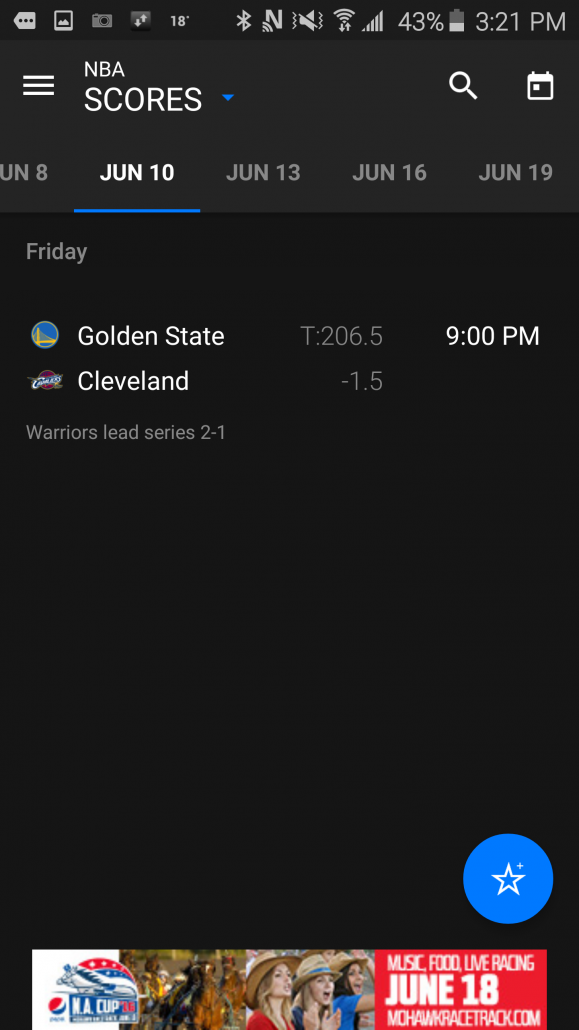We’re skeptical about in-app advertising
By: Ryan Burgio
June 13, 2016 | Reading Time: 3 mins
At Stryve , we typically stay away from running campaigns that include any sort of in-app advertising. We’re not entirely convinced as to their effectiveness. You can show us study after study with metrics saying otherwise, but we’re not really buying into these ads.
Mind you, we do run social ads that sometimes show up in apps. We generally find that mobile ads delivered via Facebook, Twitter and LI are more effective. With respect to advertising in apps via AdMob we’re weary. Here’s why.
[/intro]
The Anecdotal Evidence
Why is this? The first part is based on anecdotal observation. Our team here doesn’t click on in-app ads. They typically are intrusive and uninspiring. By nature, most forms of advertising are intrusive, but why would you click an ad right before you start playing City2048? Unlike any other medium, apps require a very active, involved experience. Because of this, the ads are even more intrusive. Think it’s just us? Take a survey of your friends. Ask them when was the last time they clicked an in-app ad. Ask them what it was for?
A few weeks ago, I was at a friend’s place grabbing a beer. His lovely 2 year old daughter had her iPad out, playing a kid’s game. I couldn’t help but notice that she was actively closing ads as they popped up. She had even figured out how to restart the app so as to avoid an ad she was not able to immediately close. If a 2-year old is desensitized to in-app ads, how much hope do they have in working on us adults.
The Fat Finger Clicks
I’ll venture to say the ratio of accidental vs. intended clicks I’ve made is somewhere near 10:1. I’m not even exaggerating. Known as fat-finger syndrome, it refers to accidental clicks. Don’t think it is a big deal? A recent report showed that 60% of all mobile app ad clicks were accidental. 60%! I still think this is a low estimate. Google is trying to combat this issue, but it’s still a major problem. How can an advertiser expect to rationalize their investment when 3 out of every 5 clicks is accidental?
The Blatant Fraud
A 2015 study by Forensiq analyzed clicks over a 10-day period. The company observed over 12 million unique devices with “infected” apps. Based on this they estimated an annual loss to advertisers of more than $857 million globally, based on CPMs of $1.00 on Android and Windows Mobile and $1.25 on iOS platforms. The major culprits seem to be app developers themselves. They are aggressively trying to monetize their apps and are stepping into areas of fraud, specifically in the area of mobile device hijacking.
The Poor Creative
I’ve seen some bad ads in my life, but in-app ads take the cake. In particular, the banner ads are small and hard to read. It seems that we’ve tried to take legacy banner ad designs and force them into an app environment. Not entirely sure how the ad to the left for Mohawk Racing is expected to drive any level of conversion.
Overall, in-app ad design seems to be lacking in imagination and formats seem to be forced. They are embarrassingly poor creative ad formats.

The Final Verdict
Until in-app ads show a significant improvement in accuracy and creativity, it’s an area that we’re not willing to spend a tremendous amount on.

